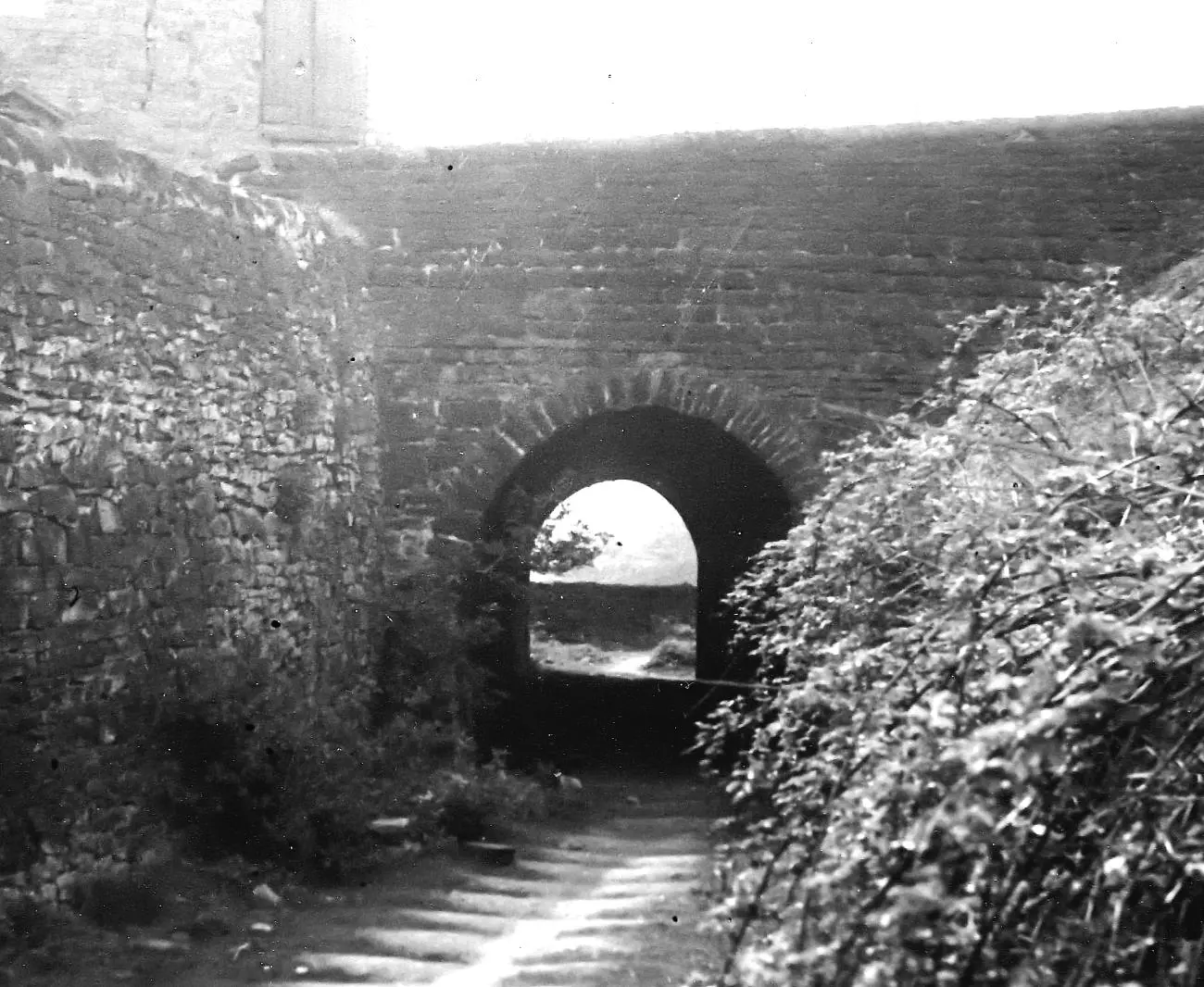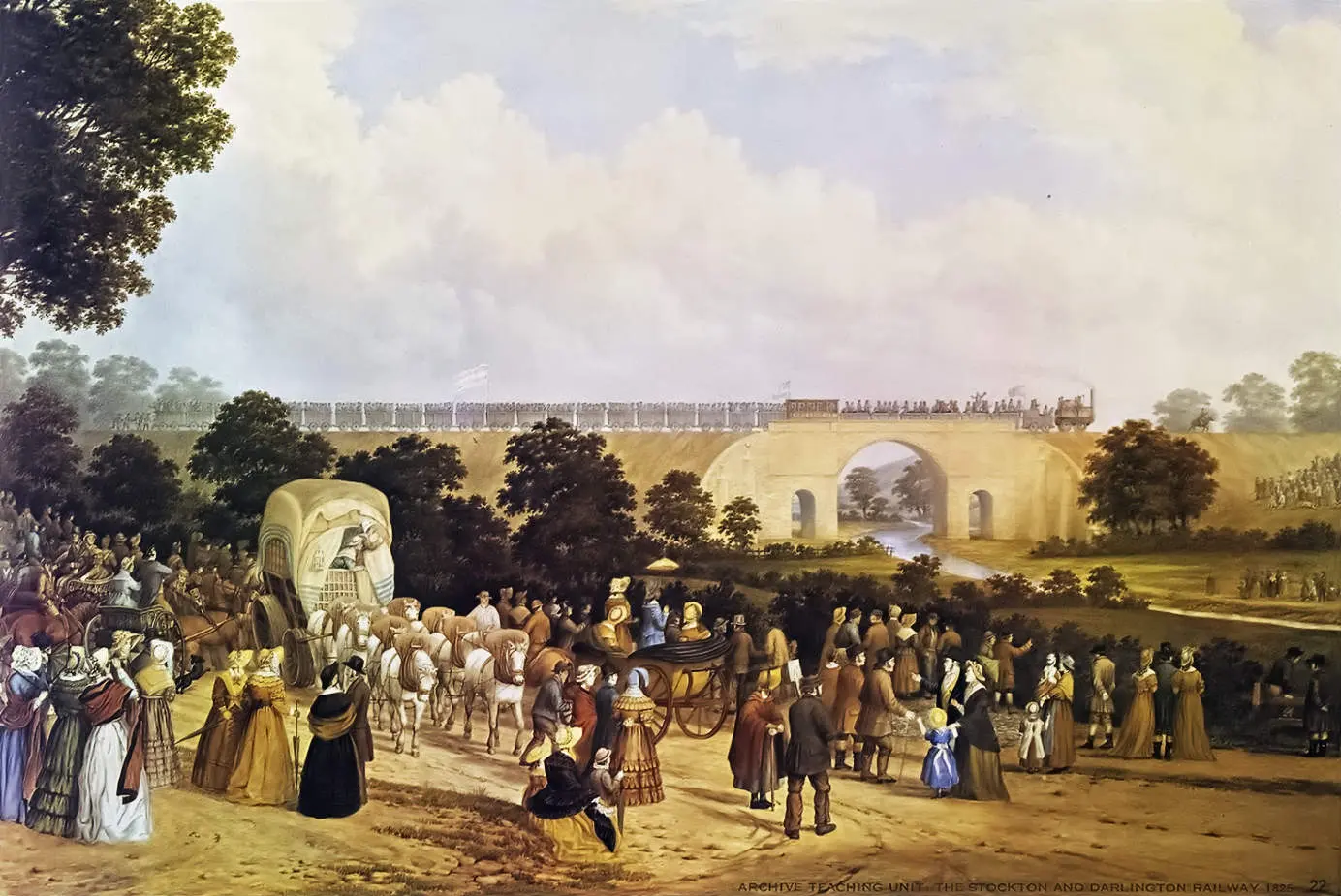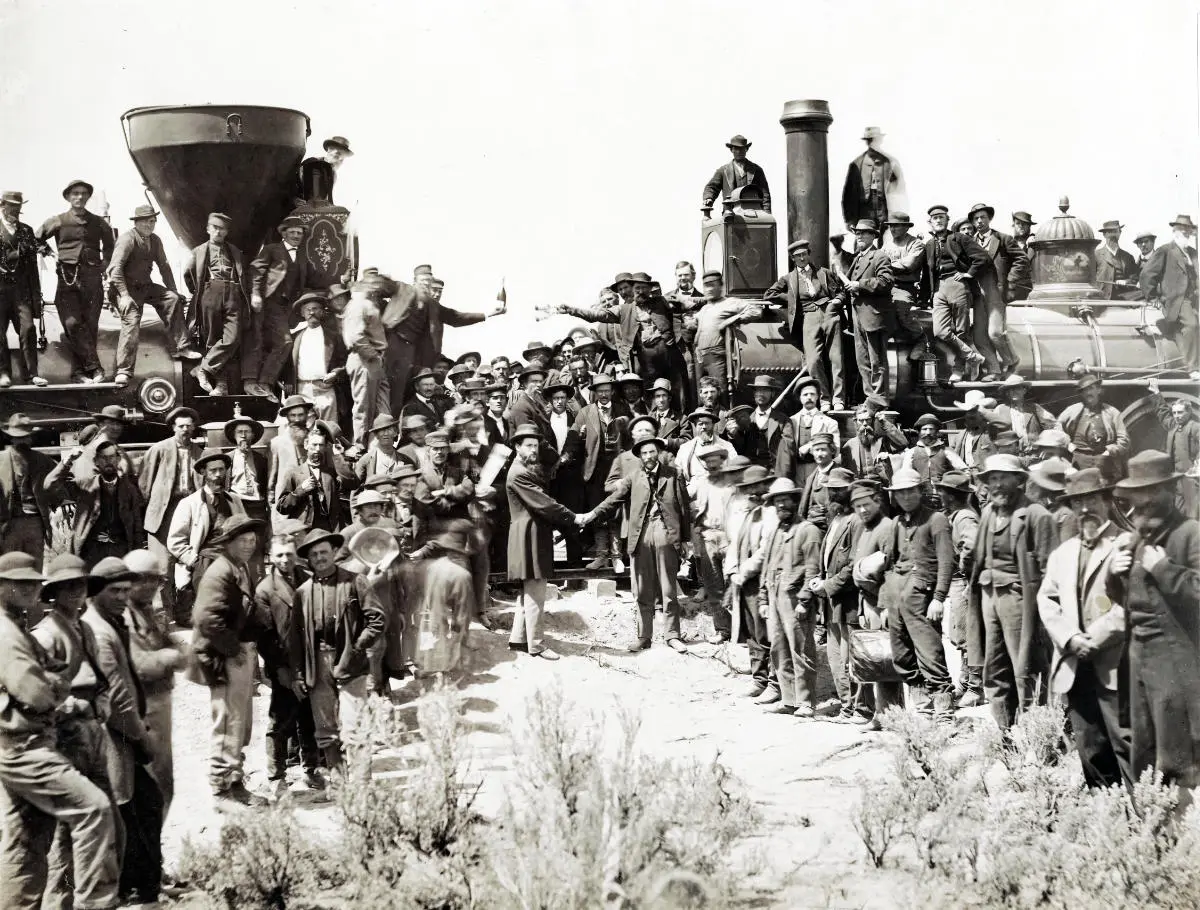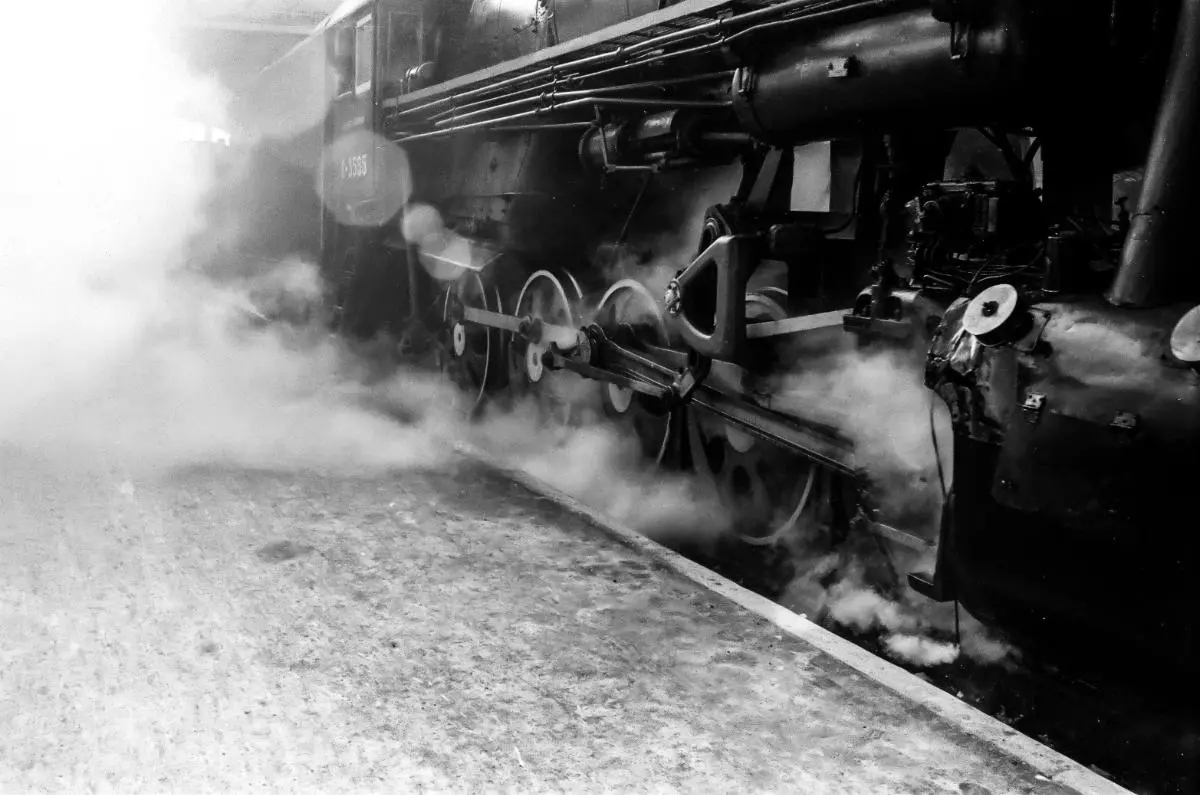The First Railway Tunnel in History
Explore the fascinating history of the first railway tunnel ever built and its significance in revolutionizing transportation and shaping modern infrastructure.

When it comes to the development of rail transport, one key milestone that often gets overlooked is the construction of the first railway tunnel. This engineering marvel paved the way for the expansion of rail networks and revolutionized transportation.
In this blog post, we will explore the history of the first railway tunnel, its construction, the challenges faced by early engineers and workers, and its lasting legacy in the world of rail transport.
What Was the First Railway Tunnel?
Contrary to popular belief, the distinction of the first railway tunnel does not belong to the iconic Box Tunnel engineered by Isambard Kingdom Brunel.
Instead, the title goes to the much earlier Fritchley Tunnel, which was constructed in Derbyshire, United Kingdom, for the Butterley Company in 1793. This pioneering tunnel served the Peak Forest Tramway, a horse-drawn railway, making it the world’s oldest surviving railway tunnel. Its creation was driven by the necessity to transport limestone from quarries to the Cromford Canal for further distribution, underscoring the role of railway tunnels in enhancing logistic efficiencies even in the earliest stages of rail transport development.
The Fritchley Tunnel, modest in comparison to the monumental constructions that would follow, including the more widely recognized Box Tunnel, represents a significant engineering achievement of its time. With its relatively small dimensions and the rudimentary construction technology available in the late 18th century, the completion of the Fritchley Tunnel was a feat that underscored the burgeoning capabilities in civil engineering and the growing importance of rail transport to the Industrial Revolution.
This project laid the foundational principles of tunnel construction that would inform future endeavors in railway engineering, demonstrating the evolving understanding of geological challenges and mechanical solutions in the infancy of rail transport infrastructure development.
Fritchley Tunnel served as an air raid shelter in World War II. Both tunnel entrances were buried by 1989 after the tube was sealed up in 1977. In February 2013, it was momentarily discovered while doing archaeological excavations on the Butterley Gangroad. The tunnel received the designation of scheduled monument status in February 2015, as per the Ancient Monuments and Archaeological Areas Act 1979.
The Genesis of Railway Tunnels
The emergence of railway tunnels marked a transformative period in the history of transportation, driven by the growing need for more efficient and reliable means of moving goods and people. The evolution of railway infrastructure faced significant geographical challenges, as the natural landscape posed considerable obstacles to the straightforward path of rail lines. Hills, mountains, and bodies of water necessitated innovative solutions to maintain the momentum of the burgeoning rail industry.
The concept of tunneling through these obstacles rather than circumventing them represented a paradigm shift. Early railroads had to grapple with the limitations imposed by topography, which often led to longer routes, slower travel times, and increased operational costs. The feasibility of constructing tunnels through these barriers provided an opportunity to dramatically enhance the effectiveness of rail transport. By offering a direct route through rather than around natural obstacles, tunnels contributed to a substantial reduction in travel distances, time, and expense.
This period of ingenuity was not only about overcoming physical barriers but also about reimagining the possibilities of rail transport. The successful construction of the Fritchley Tunnel, the first railway tunnel, symbolized a pivotal moment in this journey. It demonstrated that engineering solutions could be devised to tackle the most daunting of natural obstacles, thereby setting the stage for the future of railway expansion. Through this endeavor, railway tunnels emerged as essential components in the design and development of efficient, reliable rail networks, laying the groundwork for the modern transportation systems we rely on today.
The Construction of the First Railway Tunnel
The process of building the Fritchley Tunnel, recognized as the initial venture into railway tunnel construction, required a level of ingenuity and perseverance that set a precedent for future projects.
Unlike the later achievements of the Box Tunnel by Isambard Kingdom Brunel, the construction techniques of the Fritchley Tunnel were relatively rudimentary, rooted in the early engineering practices of the late 18th century. The workers tasked with this endeavor faced a landscape unaltered by the industrial machinery that would later become common in such undertakings. Using primarily manual labor, these early engineers and laborers had to excavate through limestone, a task that presented its own set of challenges given the tools available at the time.
Without the advantage of steam-powered machinery or explosives that Brunel later employed, the construction team relied on muscle, picks, shovels, and perhaps rudimentary blasting techniques to carve through the earth. The method of removing debris would have been labor-intensive, likely involving horse-drawn carts or basic rail systems to transport the excavated material out of the tunnel path.
This pioneering project demanded physical labor and an innovative approach to overcoming the geological and ventilation challenges inherent in tunnel construction. It served as a practical learning experience, contributing valuable insights into the complexities of subterranean engineering. The successful completion of the Fritchley Tunnel, through sheer will and manual effort, marked a significant milestone in the annals of railway history, demonstrating that even the most daunting of natural barriers could be overcome with human ingenuity and determination.
The Challenges Faced by Early Engineers and Workers
The endeavor to construct the first railway tunnel, the Fritchley Tunnel, was fraught with obstacles that tested the limits of human resilience and ingenuity. The labor-intensive nature of the work, compounded by the primitive tools of the time, made the construction process grueling. Workers delved into the earth, chiseling through hard limestone without the aid of modern machinery, relying instead on picks, shovels, and their own physical strength. The absence of advanced equipment meant that progress was slow and laborious, demanding long hours of strenuous effort from the workforce.
Moreover, the engineering teams of the era had to confront significant technical challenges with limited knowledge and resources. They encountered difficulties in stabilizing the tunnel structure to prevent collapses, a constant threat that loomed over the laborers as they dug deeper into the ground. Ventilation posed another critical challenge; the confined spaces within the tunnel became hazardous, filled with dust and limited oxygen, creating a suffocating environment for those working inside.
These early pioneers in railway tunnel construction also had to devise solutions for removing the excavated material, a task that required coordination and additional manual labor. The risks were high, with the potential for accidents and health issues stemming from the arduous conditions and the rudimentary blasting techniques employed to break through the rock.
Despite these myriad challenges, the determination and resourcefulness of the engineers and workers propelled the project forward. Their efforts not only culminated in the successful completion of the Fritchley Tunnel but also laid the groundwork for future advancements in railway tunnel construction, showcasing the extraordinary capability of human perseverance in the face of daunting obstacles.
The Role of the First Railway Tunnel in Advancing Rail Transport
The inception of the Fritchley Tunnel as the first railway tunnel was a monumental leap in the history of rail transport. Its construction showcased the potential to transcend natural barriers, offering a direct and efficient route for the movement of goods and people.
This pivotal achievement demonstrated the feasibility of tunneling as a solution to geographic challenges, setting a precedent for future railway infrastructure projects. The Fritchley Tunnel's successful completion encouraged the rail industry to undertake more ambitious tunnel projects, ultimately facilitating the expansion of rail networks into previously inaccessible areas. By reducing travel distances and times, the tunnel contributed to a new era of rail efficiency and reliability. This innovation not only optimized the logistics of freight movement but also laid the foundation for the rapid growth of passenger rail services, which transformed societal mobility and economic landscapes.
The daring venture into subterranean construction initiated by the Fritchley Tunnel thus became a catalyst for the global evolution of rail transport, heralding a future where geographical limitations were no longer insurmountable obstacles to human progress and connectivity.
The First Railway Tunnel’s Lasting Legacy
The enduring impact of the Fritchley Tunnel, recognized as the first railway tunnel, has significantly influenced the trajectory of rail transport globally. This remarkable feat of engineering not only demonstrated the potential to conquer natural barriers through tunneling but also established principles and methodologies that have been refined and expanded upon over centuries.
The foresight and determination of those involved in its construction have inspired countless subsequent projects, each pushing the boundaries of what was considered possible in railway infrastructure. As a direct result of this pioneering work, today's rail systems can traverse diverse landscapes, connecting distant regions and facilitating the seamless flow of commerce and people.
Furthermore, the innovation sparked by the Fritchley Tunnel has led to advancements in construction technology and engineering techniques, contributing to the safety, efficiency, and sustainability of modern rail networks.
This historical milestone serves as a tribute to human resilience and creativity, reminding us of the profound impact that visionary projects can have on shaping the future. The Fritchley Tunnel's legacy continues to resonate, embodying the spirit of exploration and progress that drives ongoing advancements in rail transport and infrastructure development.





